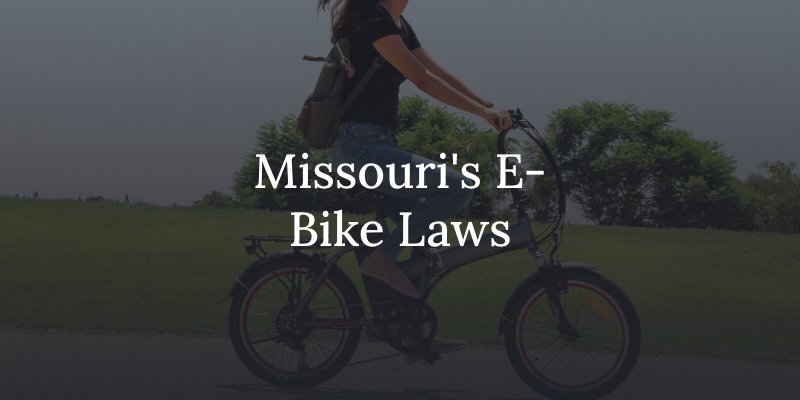Electronically-enhanced bicycles were first introduced in the 1990s, although attachable motors for bicycles have been introduced by several manufacturers over the years and failed to achieve popularity. Even the first modern e-bikes at the end of the last century had limited popularity. It wasn’t until 2020 that e-bike sales began to explode, possibly due to fewer people taking public transit systems during the COVID-19 pandemic when e-bikes became a popular means of alternative transportation. Today, e-bikes continue to grow in popularity, turning what’s typically considered a recreational vehicle into a reliable means of transportation used for errand running and commuting to work or school. However, with growing popularity comes the need for greater safety awareness. If you are the victim of an E-bike accident, contact our St. Louis bicycle accident attorney for legal assistance.

What Is an E-bike?
Unlike scooters or mopeds, an e-bike looks like a typical bicycle, but with an electric motor, battery, and controller integrated into the design. The rider can pedal and steer the bike just like an ordinary bicycle but the added electrical component assists the rider in biking up hills or in increasing speed without excessive pedaling. Depending on the class of the bike, it may have up to three settings, allowing the cyclist to use pedal power only or add the electrical enhancement by choosing between two settings. The electrical motor can augment the rider’s pedaling through pedal-assist mode which increases the speed of the bike per tire rotation. A rider can also choose electrical-only mode so the motor turns the tires and the rider doesn’t have to pedal at all. Missouri classifies e-bikes into three categories. Class-1 e-bikes are pedal-assist bikes that cannot exceed 20 miles per hour. Class-2 e-bikes have throttles and can operate without pedaling but cannot exceed 20 miles per hour. Class-3 e-bikes have speeds of up to 28 miles per hour.
Missouri’s Rider Requirements for E-bikes
Cyclists must be at least 16 years old to operate a class-3 e-bike but may ride on one as a passenger if the bicycle’s design safely accommodates a passenger. Cyclists must wear helmets while operating any class of e-bike or when riding one as a passenger. Riders do not need a license, registration, or insurance to operate an e-bike. Some municipalities may have additional restrictions and requirements so riders should familiarize themselves with local e-bike laws as well as traditional bicycle laws.
E-bike Riding Regulations
All laws that apply to bicycling in Missouri also apply to e-bikes. E-bikes and other bicycles are not allowed on Missouri sidewalks. E-bike riders may use all bike paths and multi-use paths and trails that allow bicycles. Cyclists using e-bikes may ride on roadways with speed limits that are less than the top speed of the bicycle. Cyclists must ride as far to the right as possible except when making left turns, including e-bike riders. E-bike cyclists may ride side by side in slow traffic as long as they do not impede traffic flow. Class-1 and Class-2 e-bikes are allowed in public parks and properties when the rider requires accessibility assistance. Because regulations vary between e-bike classes, electric bicycles must have a prominently displayed label showing the bike’s classification number, top speed, and the motor’s wattage. Wattage in e-bikes ranges from 200W to 1,000W. Missouri, like most states, limits e-bike wattage to 750W. E-bike sales have risen from 250,000 in 2018 to over a million in 2022, also substantially increasing the number of emergency room visits and hospitalizations, with over 45,000 ER visits and 5,000 hospitalizations for e-bike injuries since 2017.

